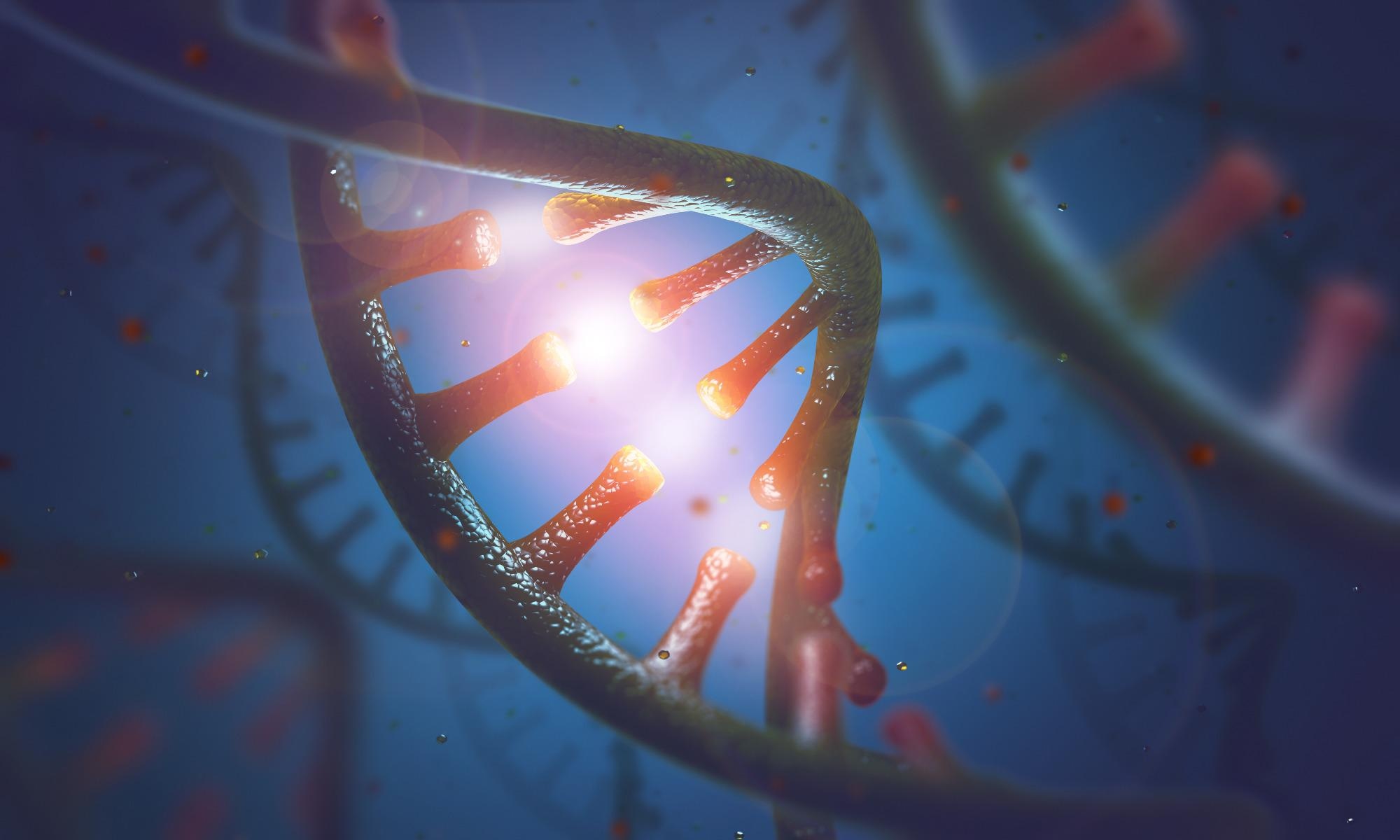In a recent study published in the journal Science, researchers created an atlas termed the Tabula sapiens for over 400 distinct cell types of humans. Several aspects of human physiology were revealed by the atlas, such as how different types of cells splice genes differently.
The Tabula sapiens has information on around 500,000 human cells spread in over 400 cell types based on the measured amount of the messenger ribonucleic acid (mRNA) molecules in each cell harvested from approximately 24 human organs.
The issue with the current approaches was that they used organs from multiple donors and processed them using different protocols, which often hindered attaining good results. Additionally, differences in genetic makeup and age of donors, environmental conditions, and epigenetic factors hampered the results.
 Study: The Tabula Sapiens: A multiple-organ, single-cell transcriptomic atlas of humans. Image Credit: ktsdesign / Shutterstock
Study: The Tabula Sapiens: A multiple-organ, single-cell transcriptomic atlas of humans. Image Credit: ktsdesign / Shutterstock
About the study
In the present study, researchers explored the molecular composition of various cell types within humans by transcriptional and proteomic approaches. They generated a molecular atlas of more than 400 different types of cells, which showed their tissue-level distribution and variations in gene expression.
They performed coordinated single-cell transcriptome analyses on live cells obtained from multiple tissues of a single donor. Next, they processed and analyzed these specimens and performed quality control (QC) filtering to fetch 483,152 cells. Overall, there were 59 specimens and a dataset of 264,824 immune cells, 31,691 endothelial cells (ECs), and 82,478 stromal cells.
The dataset covered messenger ribonucleic acid (mRNA) transcripts of each cell, including those processed by the cell’s splicing machinery. The researchers mapped the relationships between T cells distributed across body tissues by assembling T cell receptor sequences from a single donor. Furthermore, they classified the immunoglobulin (Ig) expression of each B cell in the dataset.
The researchers also determined the cycling index for each cell type to identify actively proliferating cells against cells in post-mitotic phases. This is how the Tabula Sapiens gathered dynamic information from the data at a single time point for each donor.
Study findings
The Tabula Sapiens project presented the researchers with an opportunity to section and transect the human gastrointestinal tract to observe the distinct microbiome of each part. For instance, they dissected five regions of the intestines from two donors and collected three to nine samples from each region. They performed amplification and sequencing of the 16S ribosomal RNA gene.
The authors observed that 36,475 macrophages were distributed among 20 tissues, so they depicted their shared signatures in a correlation map. E.g., the macrophages in the spleen had a higher expression of CD5 molecule-like (CD5L), a regulator of lipid synthesis. Similarly, solid tissues like the skin and uterus exhibited an elevated epiregulin (EREG) expression.
Further, the authors observed that T cell lineages were distributed across various tissues in the body. Large clones often resided in multiple organs, and resident tissue determined the mutational load. Clones of mucosal-associated invariant T cells had a characteristic expression of T cell receptor alpha variable 1-2 (TRAV1-2). Lineage information also revealed tissue-specific somatic hypermutation rates in B cells. For instance, solid tissues had more mutations per nucleotide (mean = 0.067), suggesting that the immune infiltrates of solid tissues were dominated by mature B cells.
While the large intestine had the highest relative abundance of IgA-producing cells, blood had the lowest. Blood also had the lowest mutational load. Across donors, the lung, heart, uterus, liver, pancreas, fat, and muscle ECs exhibited the most-distinct transcriptional signatures, as observed in uniform manifold approximation and projection (UMAP) analysis.
Differential gene expression (DGE) analysis showed previously unrevealed tissue-specific vascular markers, e.g., solute carrier family 14 member 1 (SLC14A1) appeared as a marker of ECs in the heart. Likewise, DGE analysis identified tear lipocalin (LCN1), transporter at the blood-testis barrier (ABCG2), and oncoprotein-induced transcript 3 (OIT3) as specific markers in the eye, prostate, and liver, respectively. Moreover, ECs from eyes and prostrate were similarly distributed across several clusters, suggesting similarity in their transcriptional profiles.
The researchers also discovered that myosin light chain 6 (MYL6) could be the predominant isoform in non-smooth muscle cell types and regulation of MYL6 splicing occurred in many cell types, including ECs and immune cells.
The intestinal villi cells had the highest cycling indices, whereas the goblet cells had the lowest. Largely quiescent endothelial and stromal cells had low cycling indices as well. Subsequently, the expression values of cyclin-dependent kinase (CDK) inhibitors, which block the cell cycle, were lower in macrophages from tissues with high cycling indices.
Conclusions
The multiorgan specimens from individual donors facilitated devising methods to compare diverse cellular datasets at the same time. The Tabula sapiens consortium, thus, enabled discoveries relating to shared behavior and organ-specific differences across 400 human cell types. Overall, the Tabula sapiens is a useful reference for invaluable insights into human biology at cellular resolution.
Source:
- The Tabula Sapiens: A multiple-organ, single-cell transcriptomic atlas of humans, Robert C. Jones, Jim Karkanias, Mark A. Krasnow, Angela Oliveira Pisco, Stephen R. Quake, Julia Salzman, Nir Yosef, Science 2022, DOI: 10.1126/science.abl4896, https://www.science.org/doi/10.1126/science.abl4896